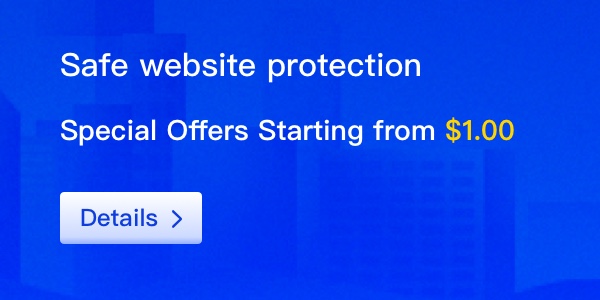Dropcatching has become a hot topic in the domain world. It’s the practice of grabbing domain names the moment they expire—ideally ones with existing traffic, backlinks, or strong branding potential. Sounds like a smart move, right? Well, it can be—but there’s more to it than meets the eye. Let’s dig into what dropcatching really involves, what makes it attractive, and the hidden costs that often get overlooked.
What Is Dropcatching, Exactly?
When a domain expires and the owner doesn’t renew it, it enters a deletion cycle. Once fully dropped, anyone can register it again—but only if they act fast. That’s where dropcatching platforms come in. They use technology to snap up domains the instant they become available.
Some of the big players in this space include:
- -DropCatch.com
- -SnapNames
- -NameJet
- -Gname.com
It’s fast, competitive, and—at times—surprisingly lucrative.
Why People Love Dropcatching
1. Potential for Profit
People are often in it for the flip. You buy a good domain cheap and resell it for much more. Some domains have sold for thousands—sometimes even six figures—especially if they’re short, keyword-rich, or brandable.
2. Built-In SEO Value
Expired domains with solid backlink profiles can give a new site an SEO head start. If the domain was previously well-ranked, that residual authority can be leveraged.
3. Instant Traffic
Some expired domains still get type-in or referral traffic from old links. That means your new project could start getting visitors immediately—without spending on ads or SEO.
4. Stronger Branding
A catchy domain is easier to remember, looks more professional, and builds trust. Dropcatching opens the door to names you might never find available otherwise.
The Not-So-Great Side of Dropcatching
1. It’s Highly Competitive
You’re not the only one watching that perfect domain. Dropcatch platforms often run auctions if more than one person wants the same name. This can drive up prices fast.
2. No Guarantees
You might monitor a domain for weeks only to have it scooped up by someone else—or held by a registrar for resale at a premium.
3. You Might Overpay
It’s easy to get caught in a bidding war and overvalue a domain, especially if you’re emotionally attached to a name. That’s a quick way to burn cash.
4. Some Domains Come with Baggage
Spammy backlinks, blacklists, penalties—if you’re not careful, you could end up buying someone else’s mess.
The Hidden Costs No One Talks About
1. Ongoing Registration and Renewal Fees
Premium extensions (.io, .ai, etc.) can have high yearly renewals. Even a .com can rack up costs if you’re holding a portfolio of names.
2. Service Fees
Dropcatching platforms often charge backorder fees, auction participation fees, or service surcharges—even if you lose.
3. Time and Research
Finding valuable expired domains takes time. You’ll need to analyze metrics, check backlink quality, review past use (with tools like Wayback Machine), and more.
4. Building It Out
If you plan to use the domain, expect to pay for hosting, content creation, SEO, design, and development.
5. Opportunity Cost
If you're spending hours chasing expired domains, that’s time you’re not spending building your brand, product, or other marketing channels.
So, Is It Really Worth It?
Dropcatching can be worth it—but only if you approach it strategically.
If you’re looking to flip domains for profit, be ready to do your research and accept that not every domain will sell. If you’re trying to boost your brand or SEO with an aged domain, make sure it has clean history and solid metrics.
And most importantly—don’t fall into the trap of thinking it’s easy money. It’s a skill. It takes time. It takes patience. But for those who take it seriously, it can absolutely pay off.
Thinking of giving dropcatching a shot? Start small, learn the ropes, and treat every domain as an investment decision—not a gamble.





















